Bees are magical. They collect nectar from flowers, remove much of the nectar’s moisture by flapping their wings, and then regurgitate this nectar into combs to produce one of nature’s most precious wonders—honey.
Like bees, my students work at the intersection of nature, art, and science, drawing on their experiences in diverse fields of science and engineering and also their diverse cultural backgrounds, much as the bees draw nectar from a host of different flowers. They then apply their minds, hearts, and hands to create unique micro- and nano-scale mechanically adaptive electromechanical systems for human health monitoring—their scientific “honey.”
The seven honeycombs in this exhibit represent work created by the students in my MAS 810 Decoders 1.2 class, where each student draws
upon his or her artistic/personal inspiration for a unique device design: a grandmother’s face, an ultrasound image of an infant son, or a beautiful butterfly.
Whether the result is a novel, stretchable device for ultrasound imaging, a wearable strain sensor for measuring your hand’s tremors seamlessly, or an implantable, remotely controllable, miniaturized neural drug delivery system for studying the underlying mechanism of Parkinson’s disease, these conformable devices demonstrate the benefits to society made possible when we channel our deeply personal and artistic inspirations into our scientific inquiry.
Canan Dagdeviren reflects on exhibiting student work
Farita Tasnim, David Sadat, Canan Dagdeviren
Inspiration Image: World map
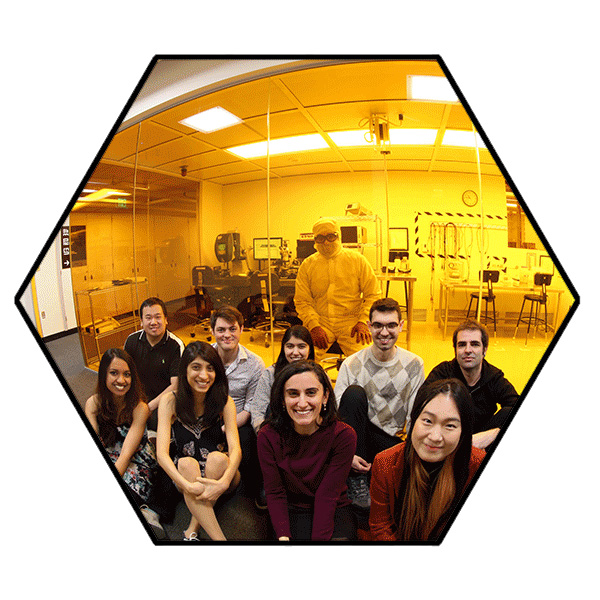
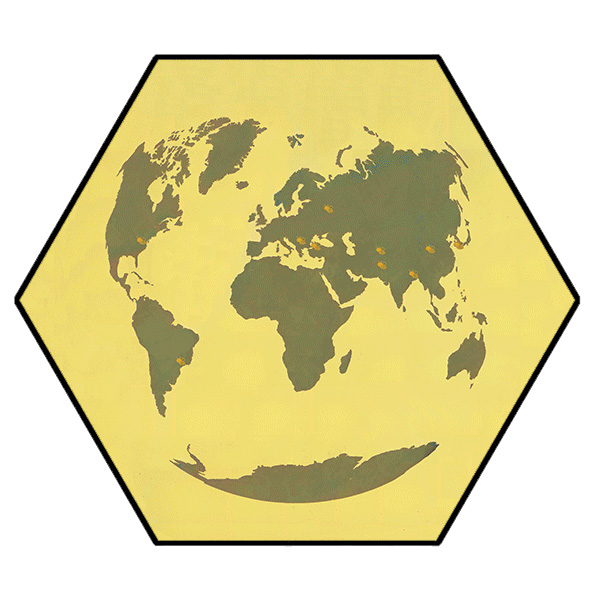
Roots
Our diverse backgrounds shape our perspectives, which make for unique styles of scientific inquiry. Our work brings together individuals from Russia, Brazil, South Korea, Pakistan, India, Bulgaria, the United States, China, Bangladesh, Afghanistan, and Turkey. Represented by bees smaller than the thickness of your hair fibers, our global roots are depicted on a microfabricated world map.
Farita Tasnim, David Sadat, Canan Dagdeviren
Inspiration Image: World map


Roots
Our diverse backgrounds shape our perspectives, which make for unique styles of scientific inquiry. Our work brings together individuals from Russia, Brazil, South Korea, Pakistan, India, Bulgaria, the United States, China, Bangladesh, Afghanistan, and Turkey. Represented by bees smaller than the thickness of your hair fibers, our global roots are depicted on a microfabricated world map.
João Wilbert
Inspiration Image: Ultrasound image of my infant son
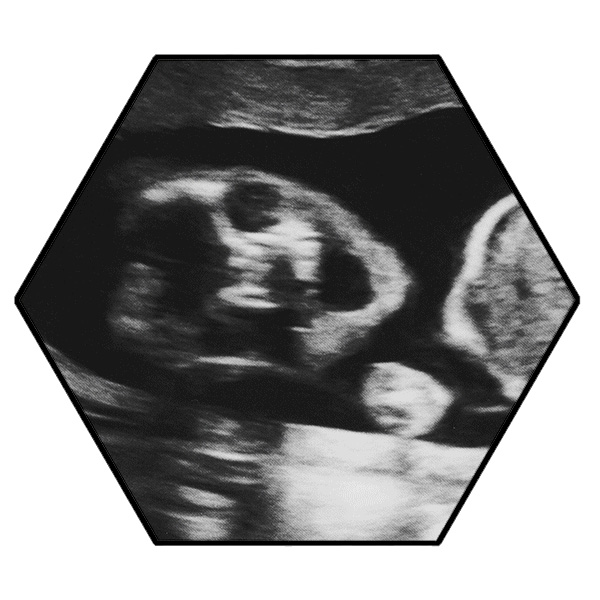
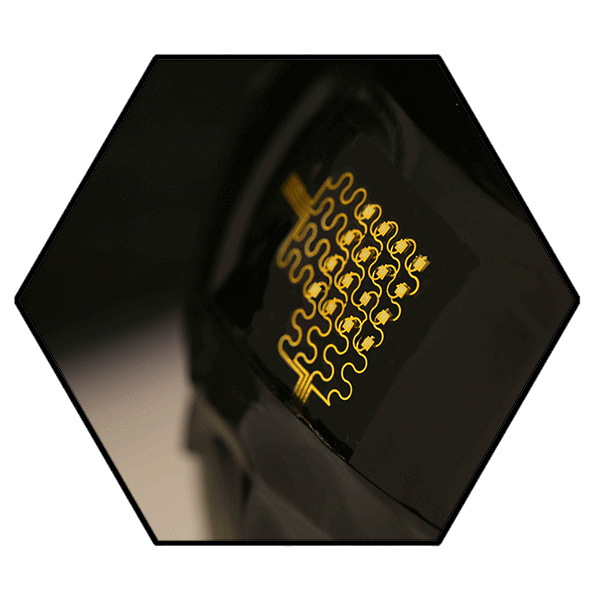
Imprint
Imprint explores the design and fabrication of a microscale fingertip imaging device that uses ultrasound to encode, transmit, and reproduce physical textures from the world around us, enabling haptic sensation to be extended over barriers and across distances.
João Wilbert
Inspiration Image: Ultrasound image of my infant son


Imprint
Imprint explores the design and fabrication of a microscale fingertip imaging device that uses ultrasound to encode, transmit, and reproduce physical textures from the world around us, enabling haptic sensation to be extended over barriers and across distances.
Nikita Obidin
Inspiration Image: My paternal grandparents
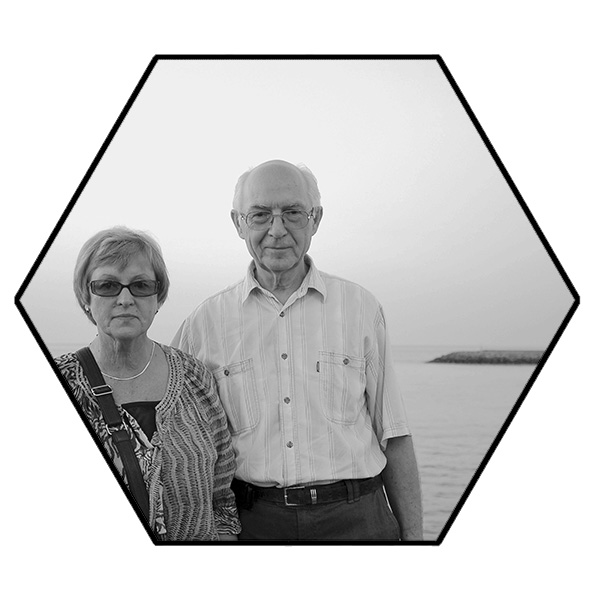

MiNi
The miniaturized neural interface (MiNi) is a modular trans-cranial console for drug delivery, recording, stimulation, and collection of tissue biopsies, permitting an exploration of complex brain diseases. Implantation through routine craniotomy permits access for maintenance and battery replacement. Gennady Obidin, my grandfather and a scientist and humanist, is my inspiration.
Nikita Obidin
Inspiration Image: My paternal grandparents


MiNi
The miniaturized neural interface (MiNi) is a modular trans-cranial console for drug delivery, recording, stimulation, and collection of tissue biopsies, permitting an exploration of complex brain diseases. Implantation through routine craniotomy permits access for maintenance and battery replacement. Gennady Obidin, my grandfather and a scientist and humanist, is my inspiration.
Ali Shtarbanov
Inspiration Image: My hand


Bubble
Imagine how difficult life would be if you could no longer bend your fingers and if grasping a ping-pong ball became impossible. Bubble enables people with hand disabilities to easily grasp objects of various shapes and sizes, without moving their fingers. Ultrathin silicone chambers, which dynamically inflate around the object being grasped, are attached to the user’s palm and fingers.
Ali Shtarbanov
Inspiration Image: My hand


Bubble
Imagine how difficult life would be if you could no longer bend your fingers and if grasping a ping-pong ball became impossible. Bubble enables people with hand disabilities to easily grasp objects of various shapes and sizes, without moving their fingers. Ultrathin silicone chambers, which dynamically inflate around the object being grasped, are attached to the user’s palm and fingers.
Kyung Yun Choi (Yun)
Inspiration Image: Portrait of my grandmother
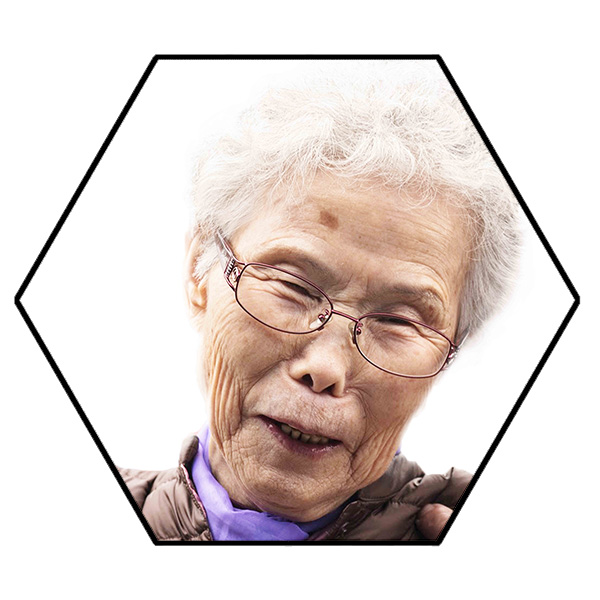
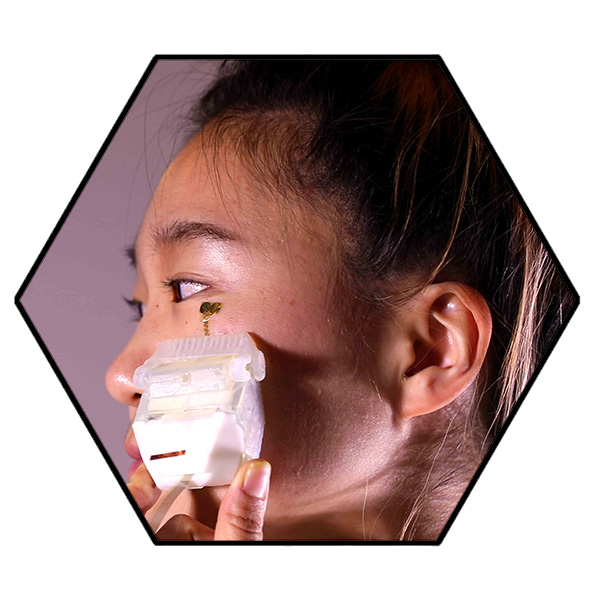
reTrace
My grandmother used to say, "Yun is the reason of my life." I am part of her wrinkles, traces of her life on her face. My device, reTrace, will allow us to place conformable electronic devices on any skin surface, without covering those beautiful traces to record our smiles, and will also assist disabled people with their facial expressions. I wish I had her smile lines with me, through reTrace, forever keeping a precious part of my grandmother with me.
Kyung Yun Choi (Yun)
Inspiration Image: Portrait of my grandmother


reTrace
My grandmother used to say, "Yun is the reason of my life." I am part of her wrinkles, traces of her life on her face. My device, reTrace, will allow us to place conformable electronic devices on any skin surface, without covering those beautiful traces to record our smiles, and will also assist disabled people with their facial expressions. I wish I had her smile lines with me, through reTrace, forever keeping a precious part of my grandmother with me.
Mina Khan
Inspiration Image: My mom and sister


Love
Love is at the center of our lives. It drives, empowers, strengthens, humbles, and liberates us. Sometimes we forget to breathe and feel that love. My mama and sister embody all the love in the world for me. My conformable breathing sensor, Love, reminds you to breathe and set yourself free.
Mina Khan
Inspiration Image: My mom and sister


Love
Love is at the center of our lives. It drives, empowers, strengthens, humbles, and liberates us. Sometimes we forget to breathe and feel that love. My mama and sister embody all the love in the world for me. My conformable breathing sensor, Love, reminds you to breathe and set yourself free.
Bianca Datta
Inspiration Image: One of my favorite insects – The Morpho Butterfly


Morpho
Butterflies produce color using nanoscale structures, rather than just relying on pigments. Here we replicate the “Christmas tree-like” ridges that generate the characteristic blue color of the Morpho butterfly. The spacing of these “tree” ridges (roughly half the width of a human hair) is carefully controlled to produce color based on this pattern alone. Morpho explores these structures as material interfaces with applications toward sensing, consumer products, and displays.
Bianca Datta
Inspiration Image: One of my favorite insects – The Morpho Butterfly


Morpho
Butterflies produce color using nanoscale structures, rather than just relying on pigments. Here we replicate the “Christmas tree-like” ridges that generate the characteristic blue color of the Morpho butterfly. The spacing of these “tree” ridges (roughly half the width of a human hair) is carefully controlled to produce color based on this pattern alone. Morpho explores these structures as material interfaces with applications toward sensing, consumer products, and displays.
